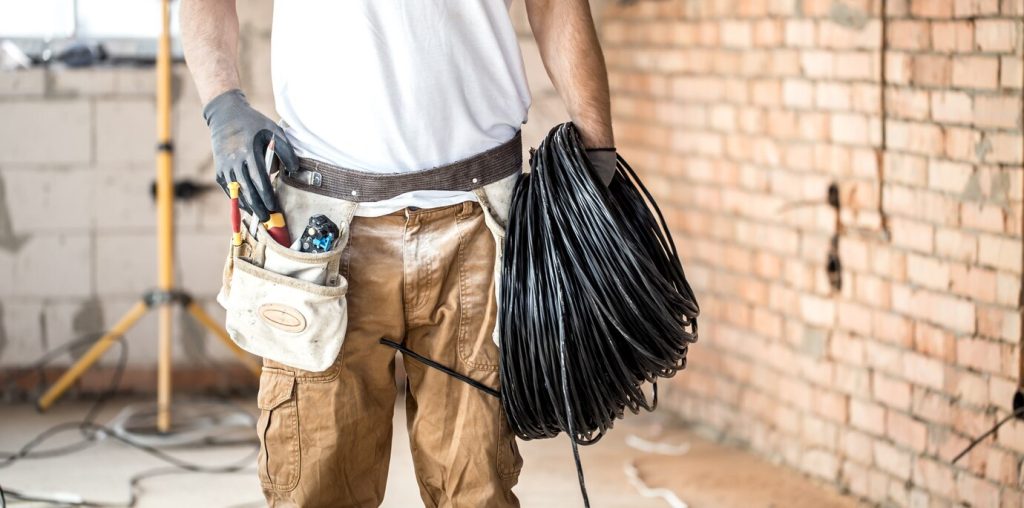Each time you flick a switch to illuminate a room, power up a device, or connect an appliance in your home, you’re essentially sending a signal to your electrical panel. Simultaneously, major appliances like your air conditioner, furnace, refrigerator, and microwave are placing demands on the electrical panel’s capacity.
Considered the “brain” of your home’s electrical system, the panel monitors whether the system is functioning smoothly or if the internal wiring is under strain, prompting it to trip or shut off.
While your electrical panel typically doesn’t demand frequent attention, it’s crucial to conduct periodic inspections to ensure it operates efficiently and protects against the risk of electrical fires.
Key Aspects an Electrician Examines If you harbor any doubts about the condition of your home’s electrical panel, it’s imperative to reach out to Experts In Your Home in Chico, CA, for an inspection. At a minimum, the panel should clearly indicate which breaker corresponds to each room or major appliance. Without this clear labeling, identifying the circuits becomes a tedious trial-and-error process.
During an inspection, a licensed local electrician from Experts In Your Home will also be on the lookout for a crucial safety indicator – whether the panel is a Federal Pacific Electric Company or Zinsco model. Both of these panels are known to have design flaws that could lead to fire hazards.
Here’s where the situation gets tricky: Panels may or may not bear the manufacturer’s label, as the imprinted labels might have faded over time, or paper labels could have deteriorated and fallen off. In such cases, relying on Experts In Your Home for a thorough inspection and manufacturer identification becomes crucial.
Understanding the Risks Federal Pacific breaker panels were prevalent from the 1950s to the 1980s, and while they often functioned correctly, they were found to pose fire risks due to design flaws. Issues such as overcrowded wiring, spring-mounted bus bars, and inactive breakers in the “down” position could lead to overheating and fire hazards. Additionally, weak breakers may fail to trip as needed, further increasing the risk.
Zinsco panels, discontinued in the 1970s, still exist in numerous homes. These panels present challenges due to factors like aluminum components, unreliable breaker connections, and corrosion-prone bus bars. Even when breakers appear to be off, the panel could still conduct electricity, potentially resulting in fires.
Given that a significant portion of homes in the US were built before the 1970s, many may still have these outdated panels, which were originally designed for 60-amp service. Modern homes typically require at least 150-amp service.
If your home falls into this category, it’s advisable to consult an experienced local electrician at Experts In Your Home to upgrade your electrical panel. Ensuring the safety of your electrical system will offer peace of mind as you go about your daily routines, flipping switches and plugging in devices without worry.

